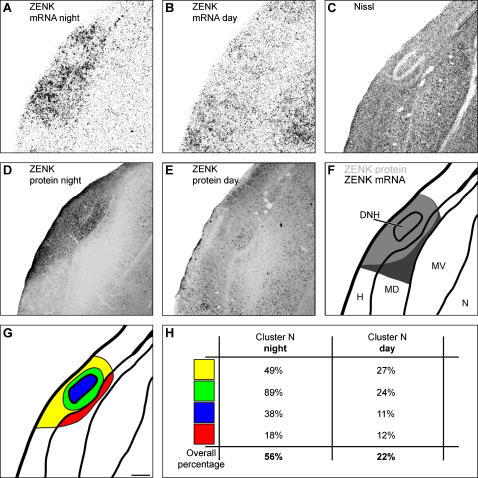Figure 3. Detailed quantification of ZENK protein expression and comparison with ZENK mRNA expression within Cluster N.
A: Expression of ZENK mRNA during night-time covers posterolateral parts of the hyperpallium and underlying mesopallium. In the DNH nucleus, the amount of ZENK mRNA transcripts is decreased. D: Expression of ZENK protein during night-time covers hyperpallial compartments comparable to the expression of ZENK mRNA but decreases in mesopallial portions. Within Cluster N, approximately 56% of neurons show nuclear expression of ZENK protein with highest relative amounts of ZENK-positive nuclei found in the shell surrounding the DNH nucleus. B: Decreased expression of ZENK mRNA and E: protein during day in the whole hyperpallium. Nuclear ZENK protein is found in approximately 22% of Cluster N neurons. Note that, ventral mesopallial (MV) and nidopallial (N) portions show increased ZENK expression on the mRNA and protein level compared to night-time activation patterns. C: Corresponding Nissl-stained section and F: schematic drawing display morphological features and neuroanatomical location of Cluster N within the telencephalon. G: Determination of four subregions within Cluster N defined by morphological boundaries (compare Fig. 3C): DNH nucleus (Fig. 3G, shown in blue); the shell surrounding DNH nucleus (Fig. 3G, shown in green); the remaining hyperpallial Cluster N part (Fig. 3G, shown in yellow); the mesopallial Cluster N part (Fig. 3G, shown in red). Scale bar (for A–G): 250 µm. H: Quantification of percentages of neurons with nuclear expression of ZENK within each subunit. Abbreviations: DNH, dorsal nucleus of the hyperpallium; H, hyperpallium, MD, dorsal mesopallium; MV, ventral hyperpallium; N, nidopallium.

